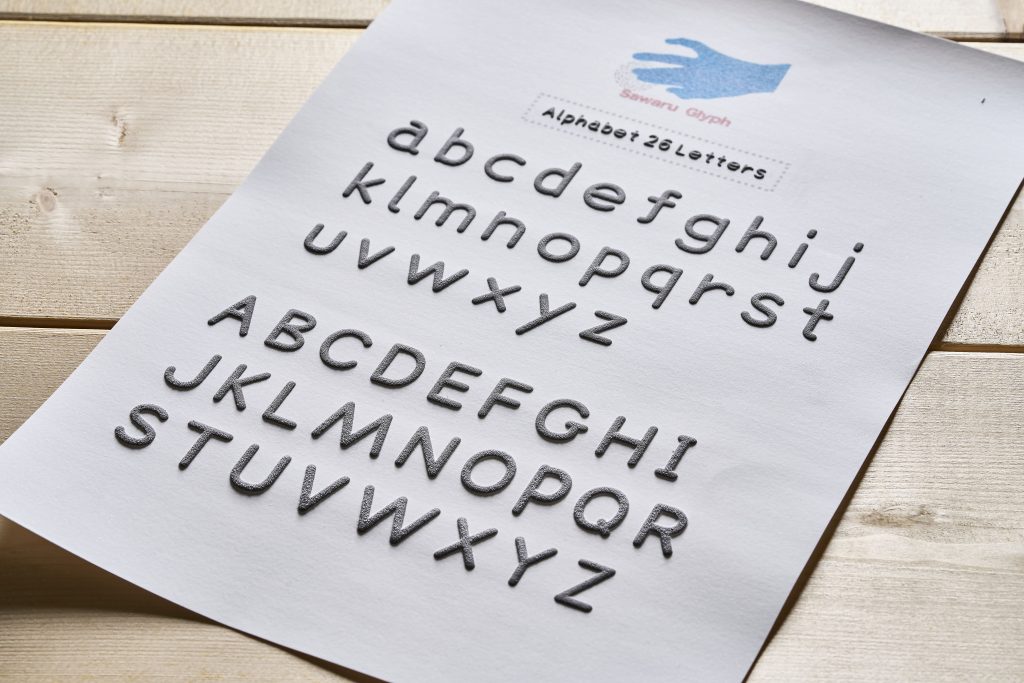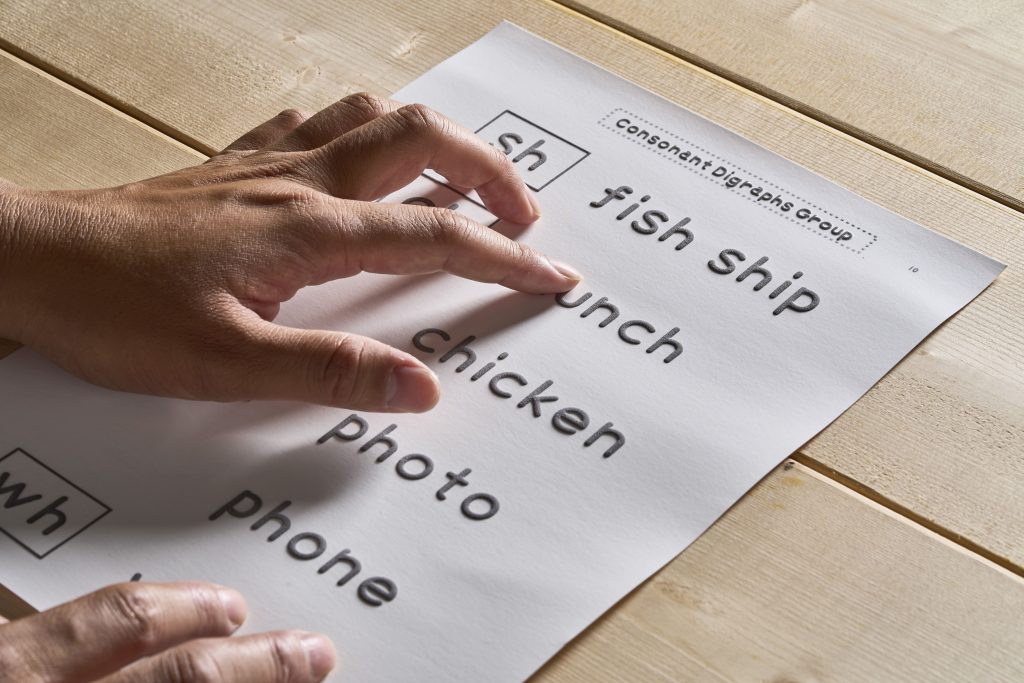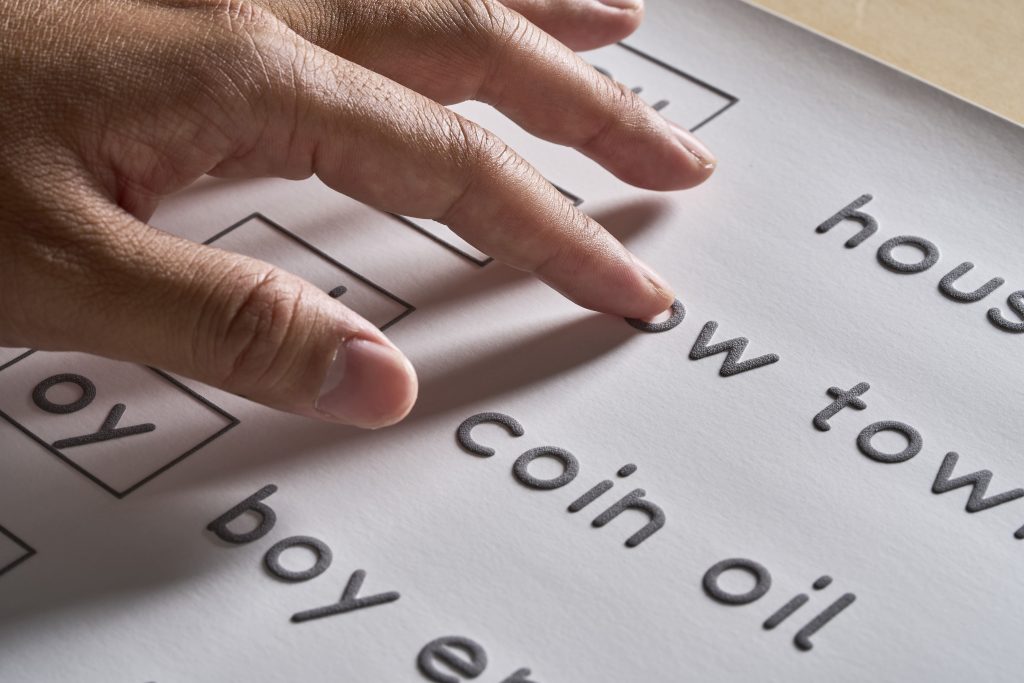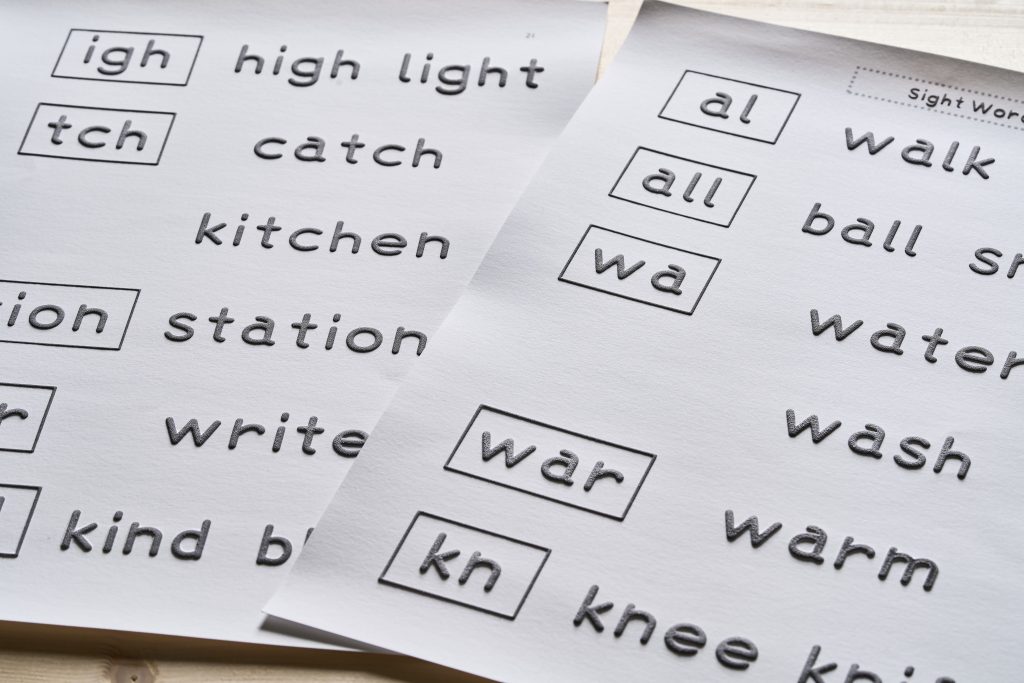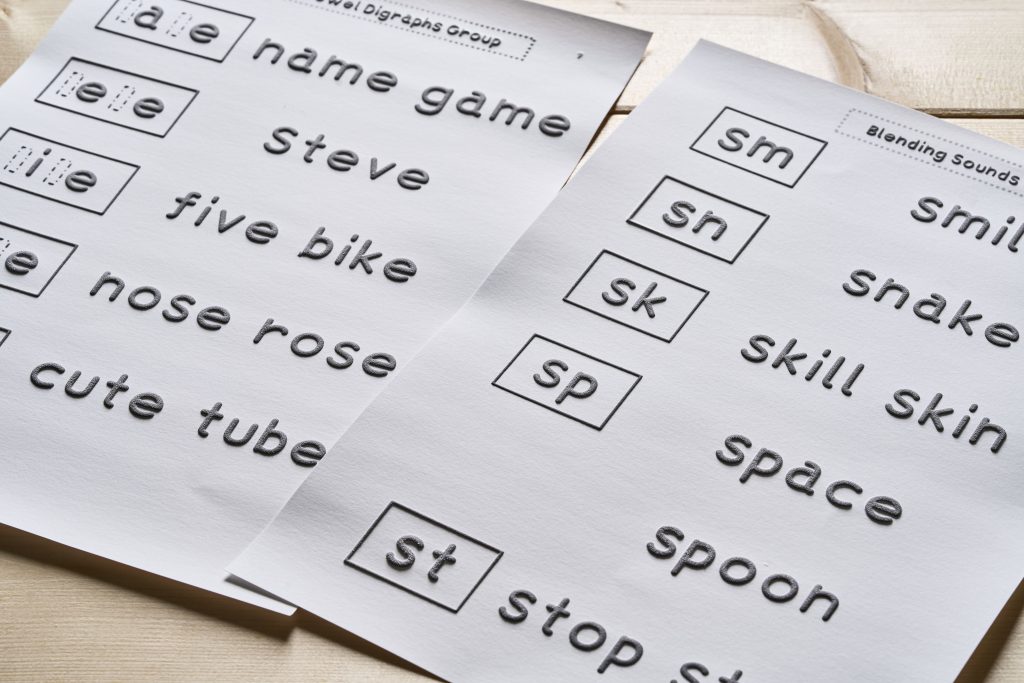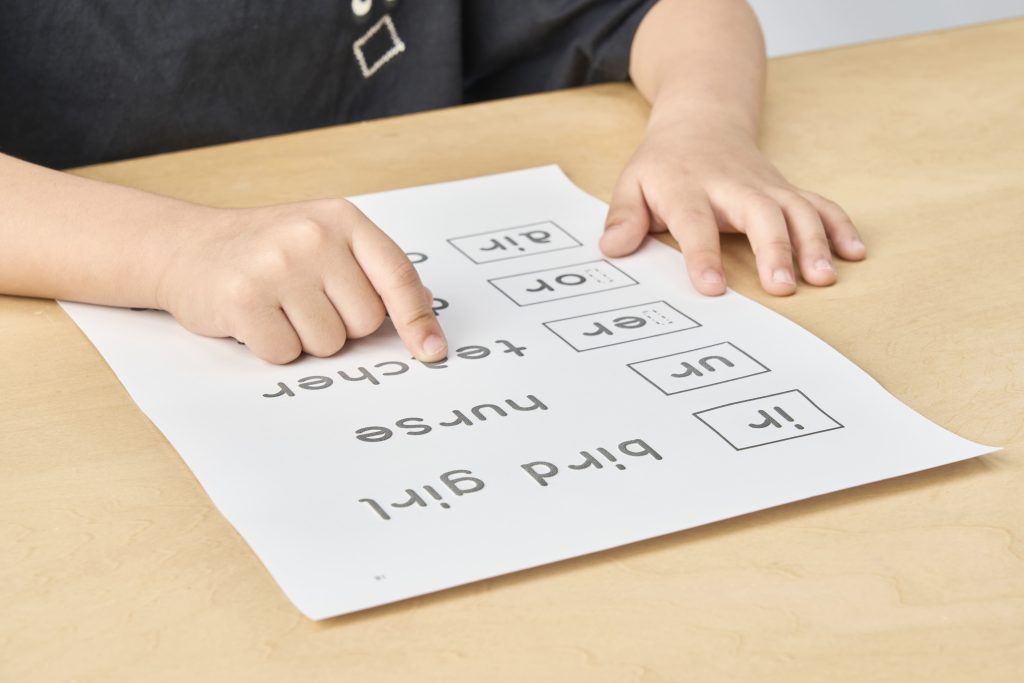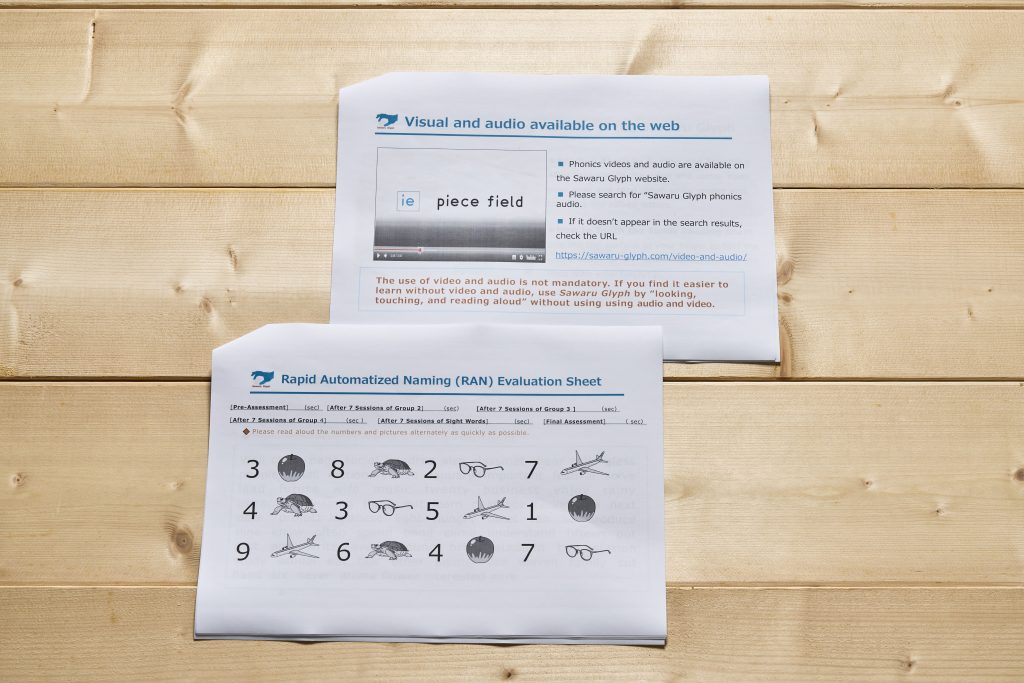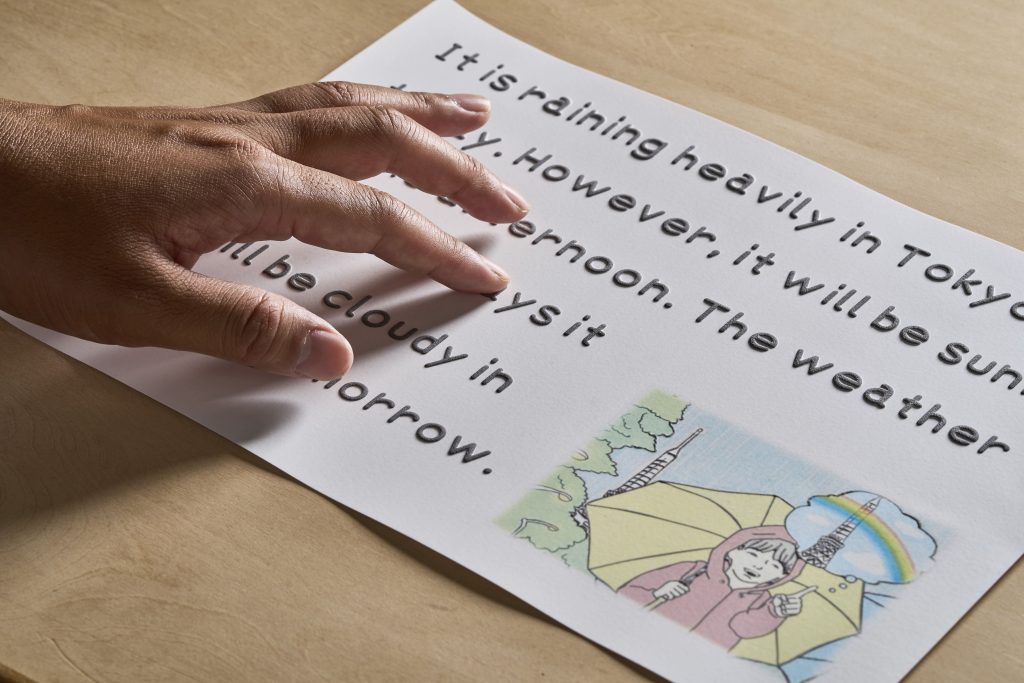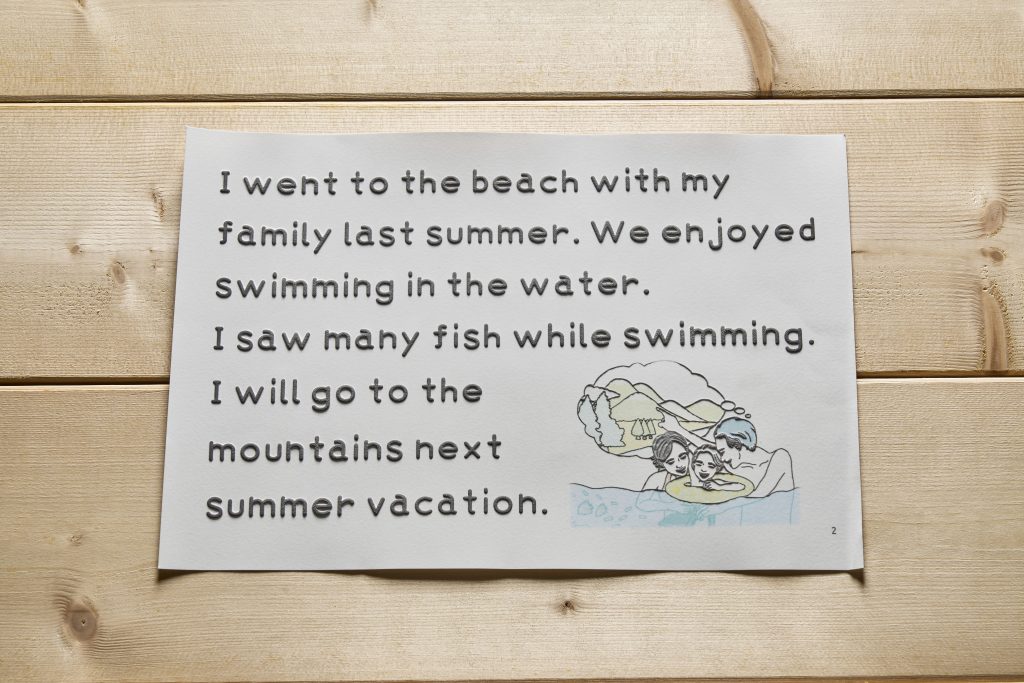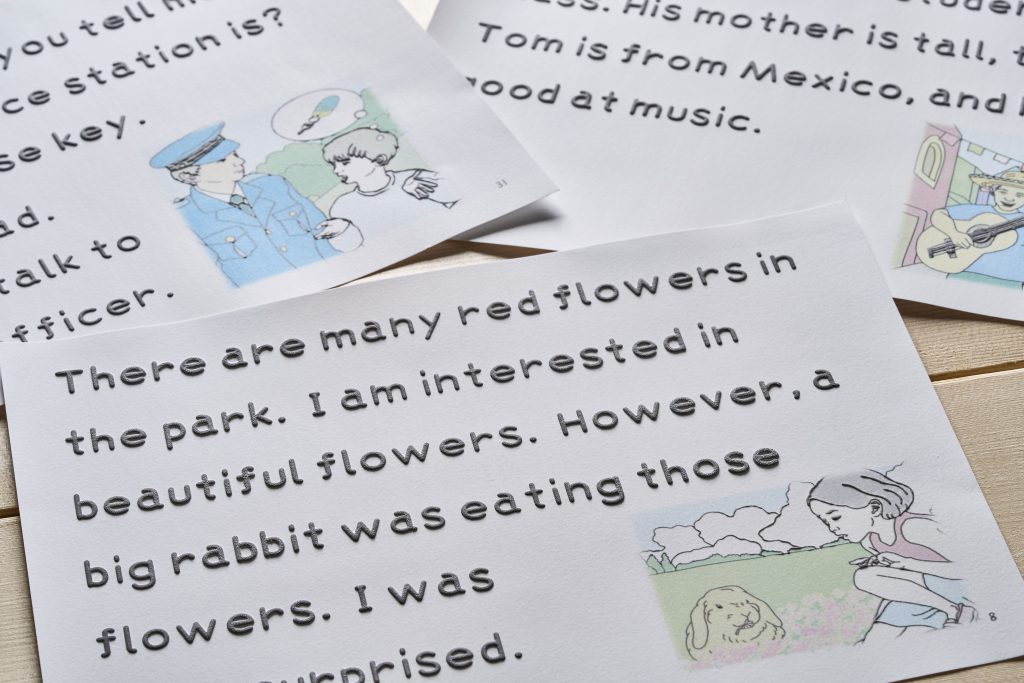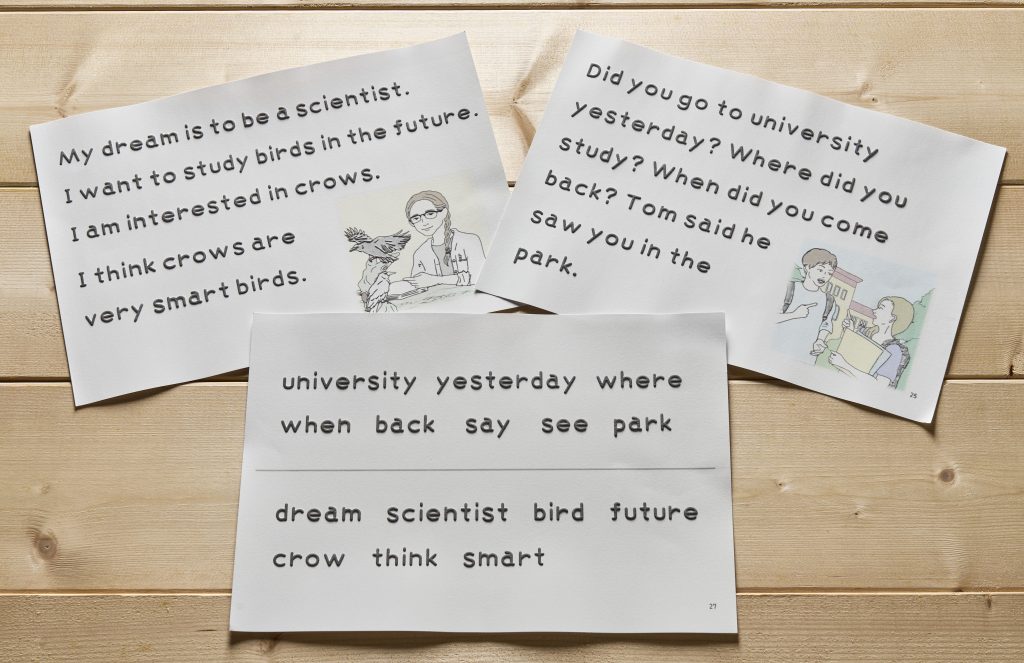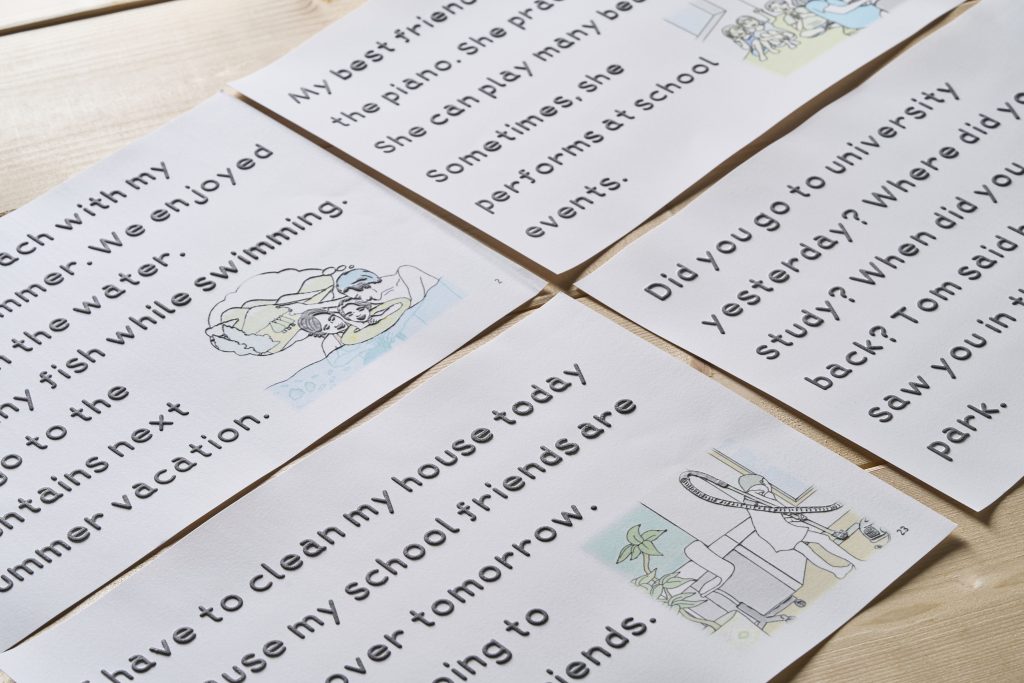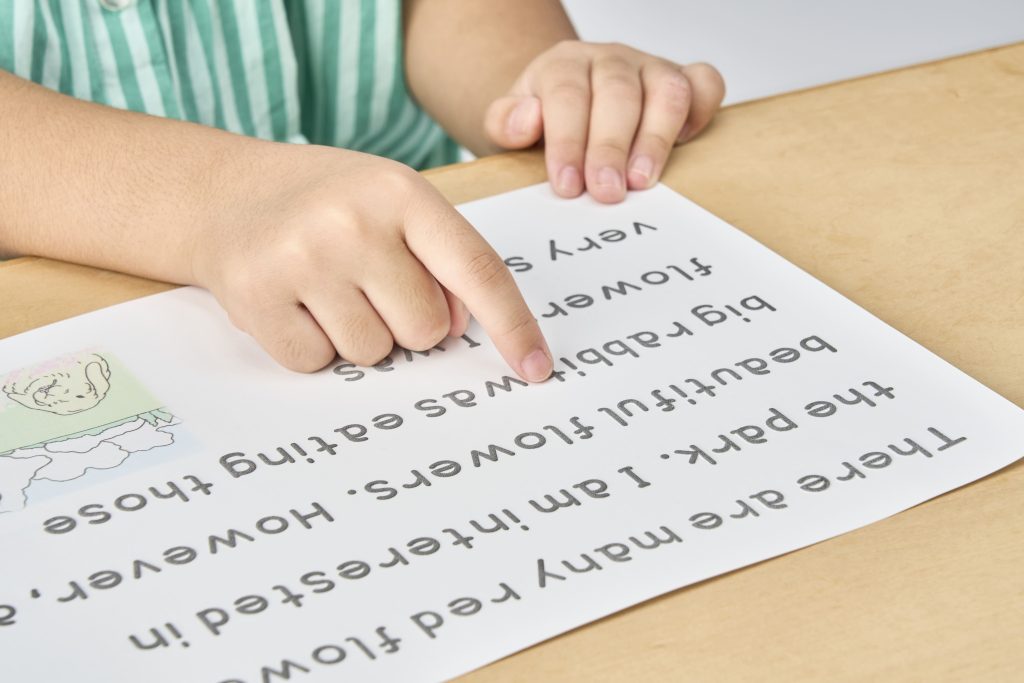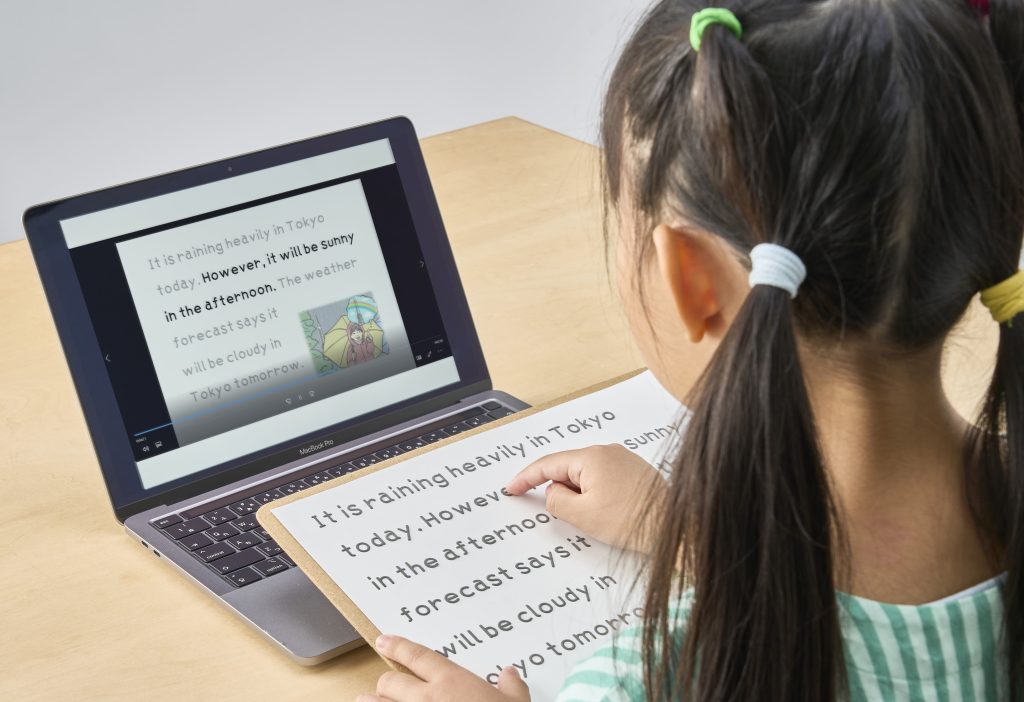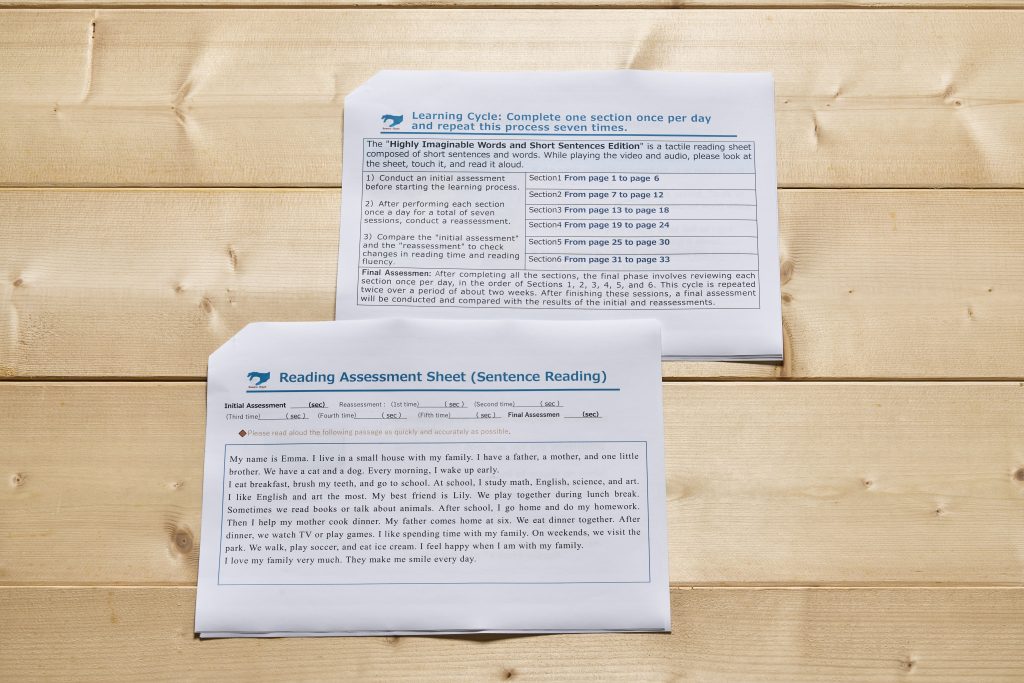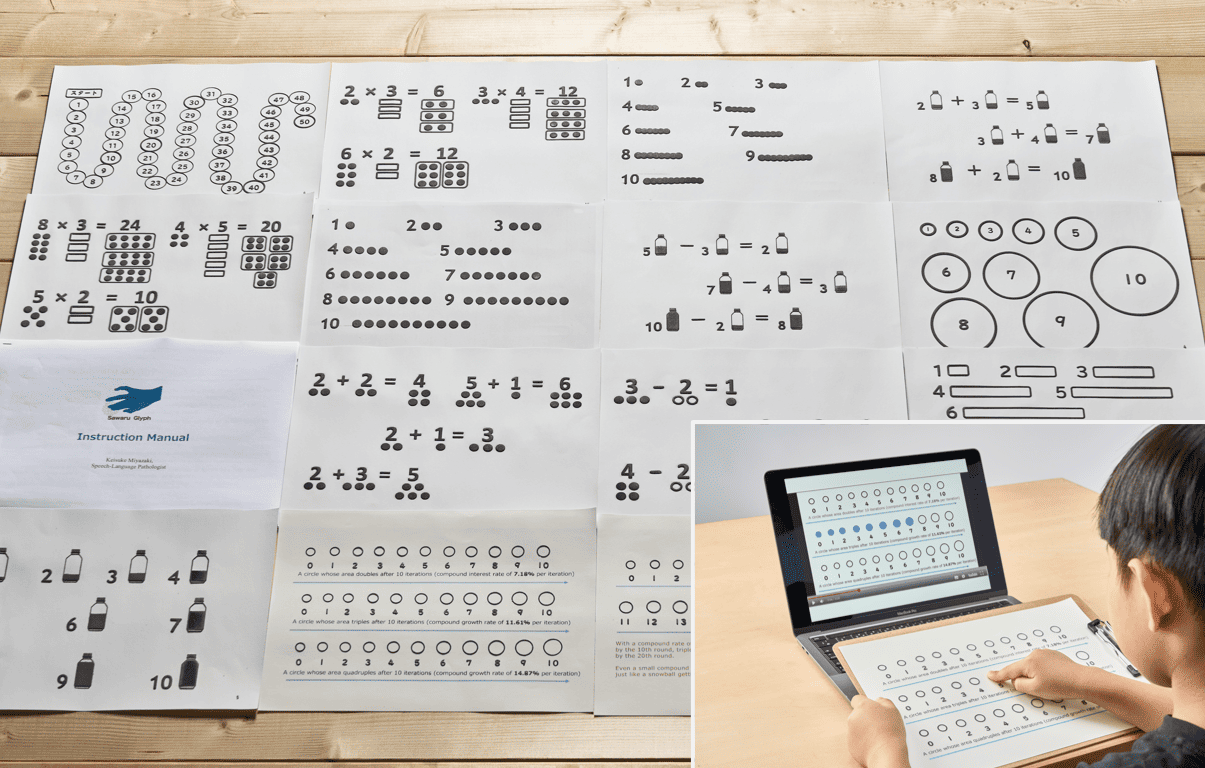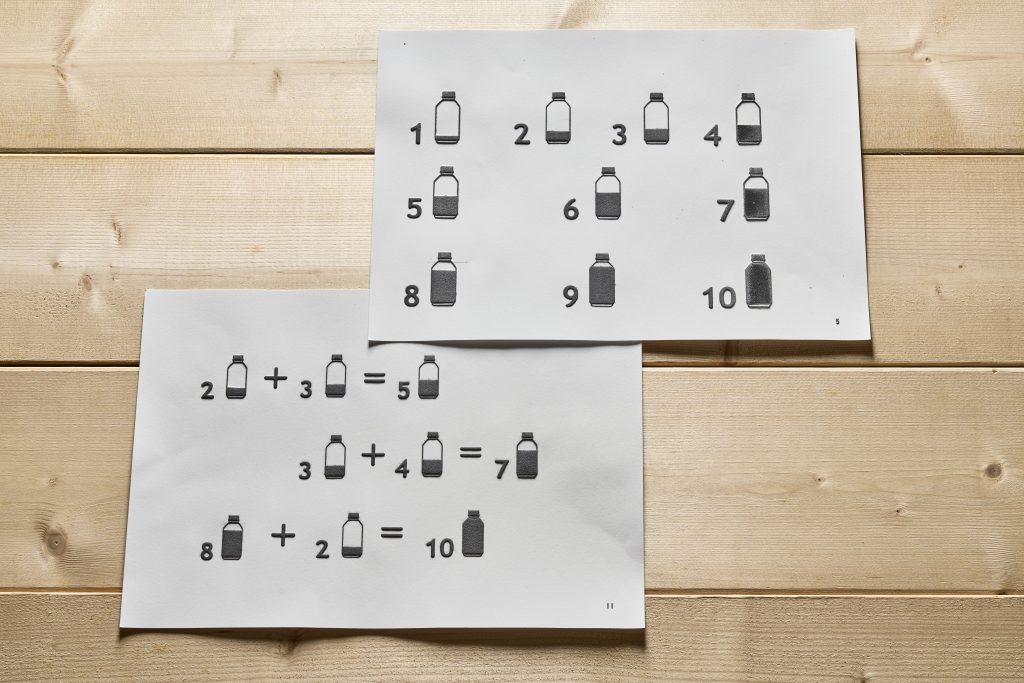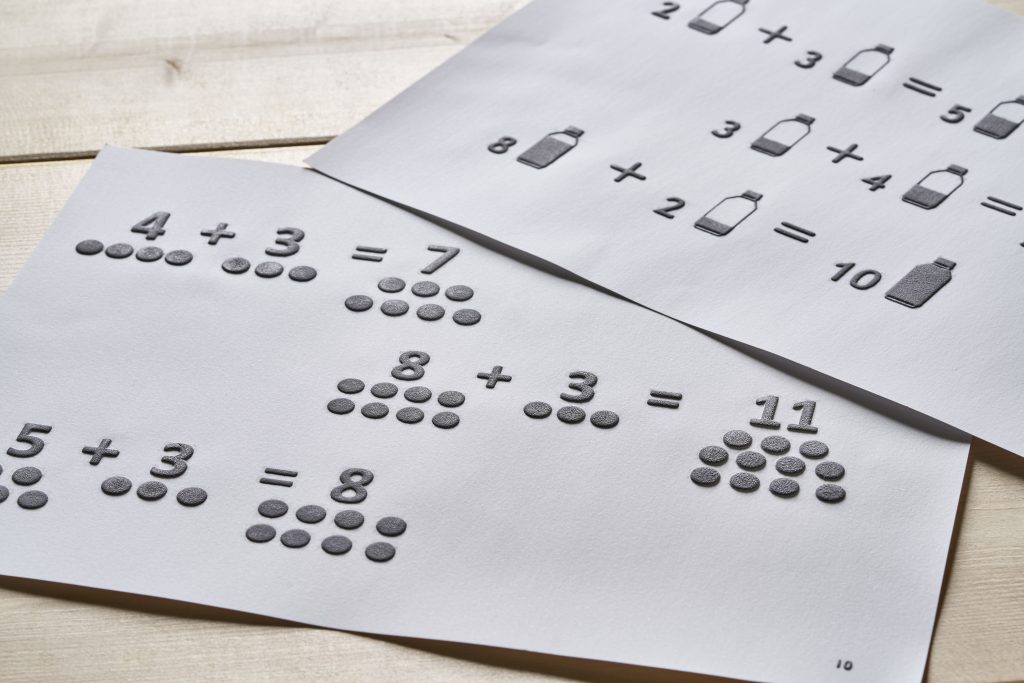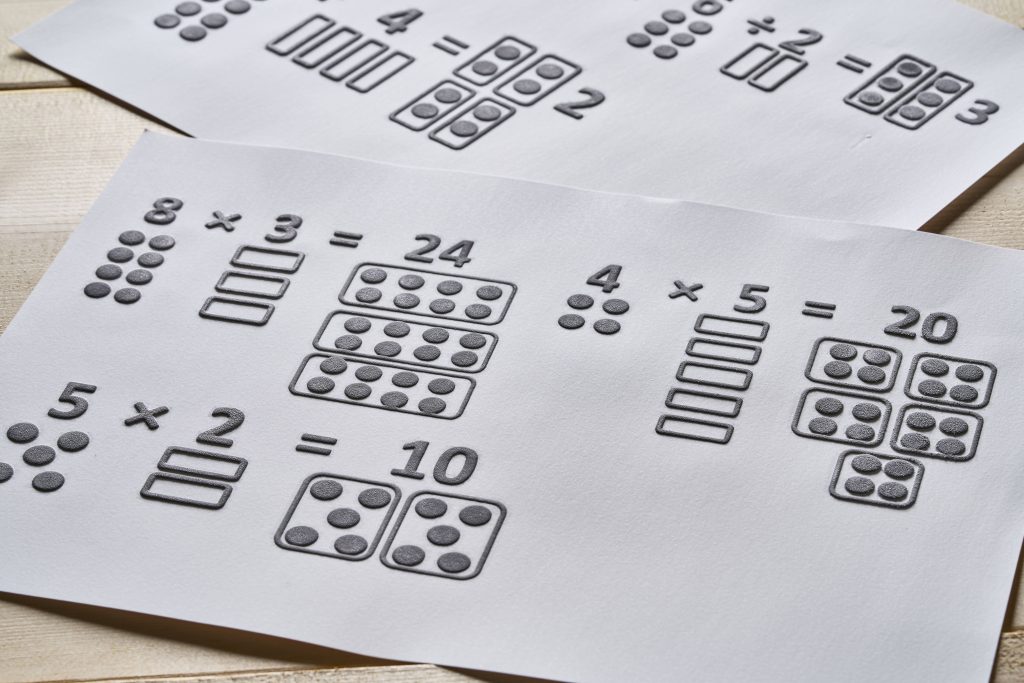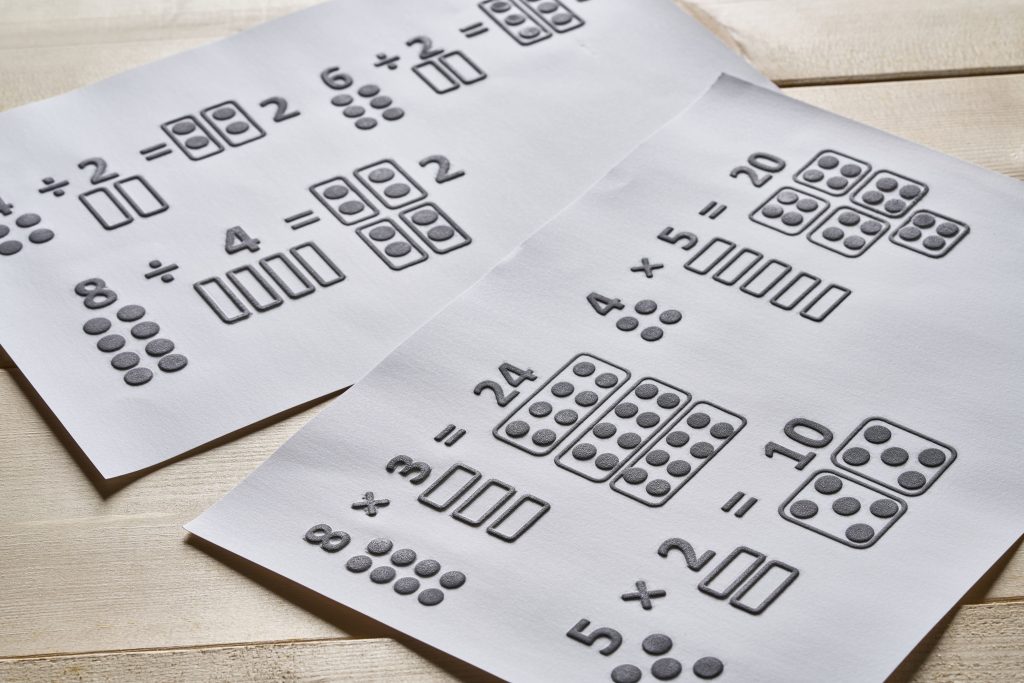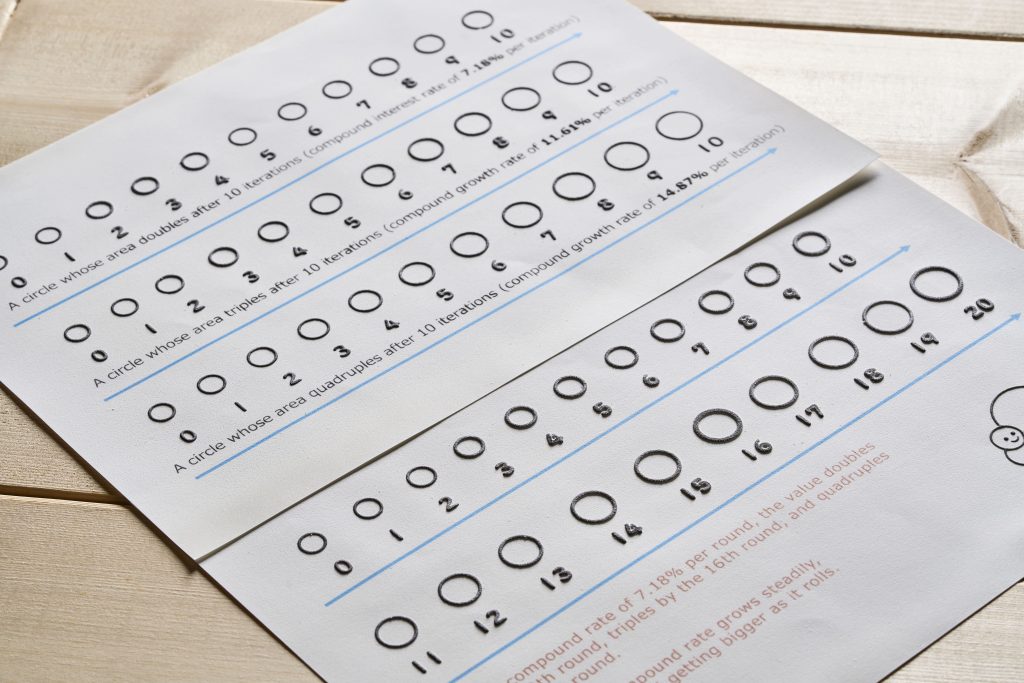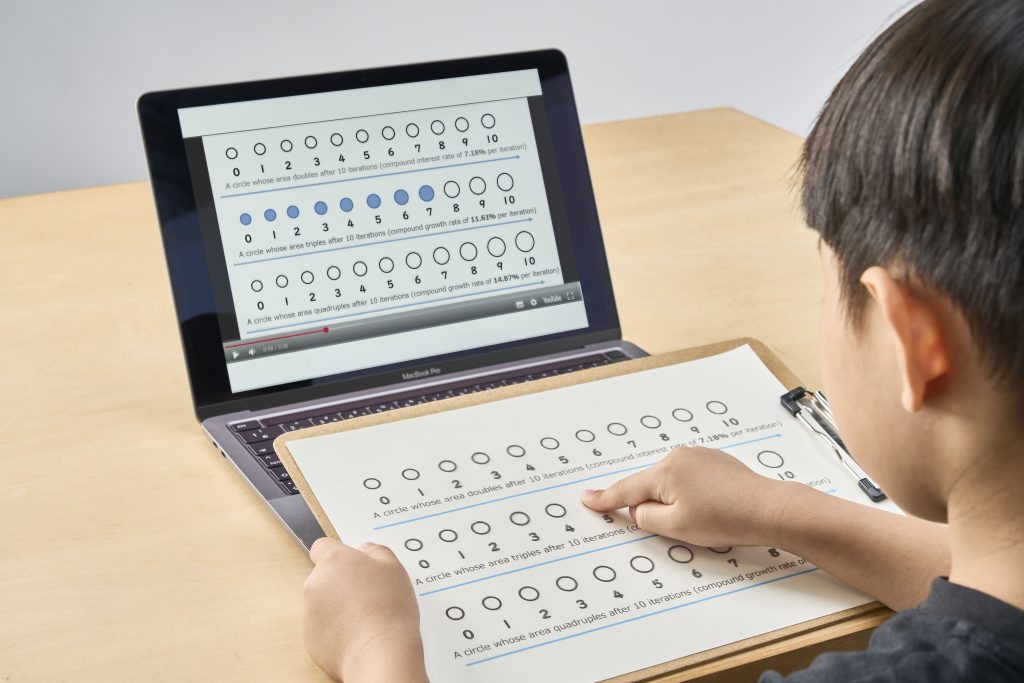.png)
In the “Sawaru Glyph” program, learners progress through tactile reading in stages using Three-dimensional letter plates along with visual and auditory materials. The learning begins with individual letters and gradually moves on to spelling and whole words. This process helps build three types of memory networks: letter-form memory, word-form memory, and letter-sound association memory. As a result, the cognitive load of letter recognition is reduced. These changes in brain function lead to improvements in reading and spelling skills.
Basic Spelling and Phonics Edition
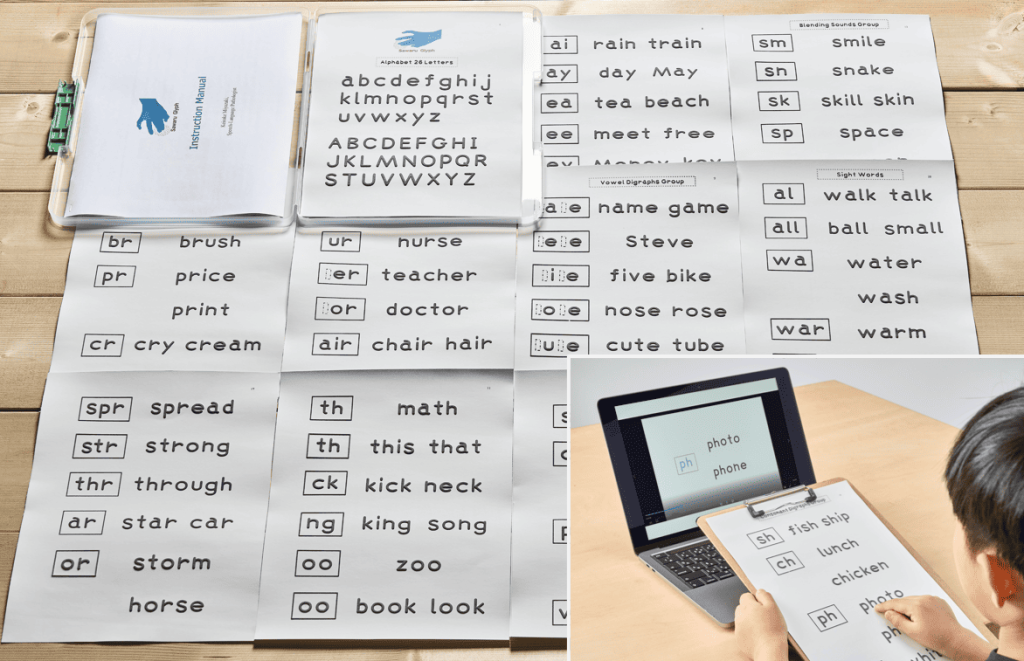
Product Contents:
・Alphabet 26 letters (1 sheet)
・One Letter One Sound group (5 sheets)
・Vowel Digraphs group (3 sheets)
・Consonant Digraphs group (3 sheets)
・Blending Sounds group (7 sheets)
・Sight Words (3 sheets)
・Video and audio specialized for tactile reading
・Instruction manual for using Sawaru Glyph
・Test paper for measuring learning outcomes
This is the foundational material used at the beginning of the Sawaru Glyph program. It incorporates tactile reading practice using video and audio resources aligned with phonics and syllables. Starting with single letters of the alphabet, progressing to simple sound spellings, and then to more complex sound spellings, this approach builds memory for letter forms and spellings step by step. The process not only strengthens letter form memory but also facilitates the formation of word-form memory from spellings, promoting fluent reading. Additionally, it supports the formation of associative memory between spellings and sounds.
Highly Imaginable Words and Short Sentences Edition

Product Contents:
・22 picture cards depicting various scenarios with accompanying sentences
・11 word lists used to construct the sentences
・Audio-Visual Materials for Haptic Reading Learning
・Instruction manual (usage guide)
・Evaluation sheets
The Sawaru Glyph (Highly Imaginable Words and Short Sentences Edition) is a next-step learning material following the Phonics Edition. This material enhances the spelling and word shape memory learned in the Phonics Edition by engaging in tactile reading of sentences composed of highly imaginable words. Additionally, our clinical research suggests that seeing, touching, and reading aloud highly imaginable words and sentences may improve RAN (Rapid Automatized Naming), which is crucial for reading functions.
Number Concepts and Basic Math Materials
Dyslexia is known to share many cognitive features with dyscalculia (mathematical learning disability). The Number Concepts and Basic Math Materials promote the development of number sense by allowing users to touch three-dimensional numerals and their corresponding quantities. Through tactile reading of three-dimensional equations and quantities, learners explore how numerical values change in addition, subtraction, multiplication, and division.This material is designed to help build foundational skills in mathematical understanding.
Technology and Copyrights
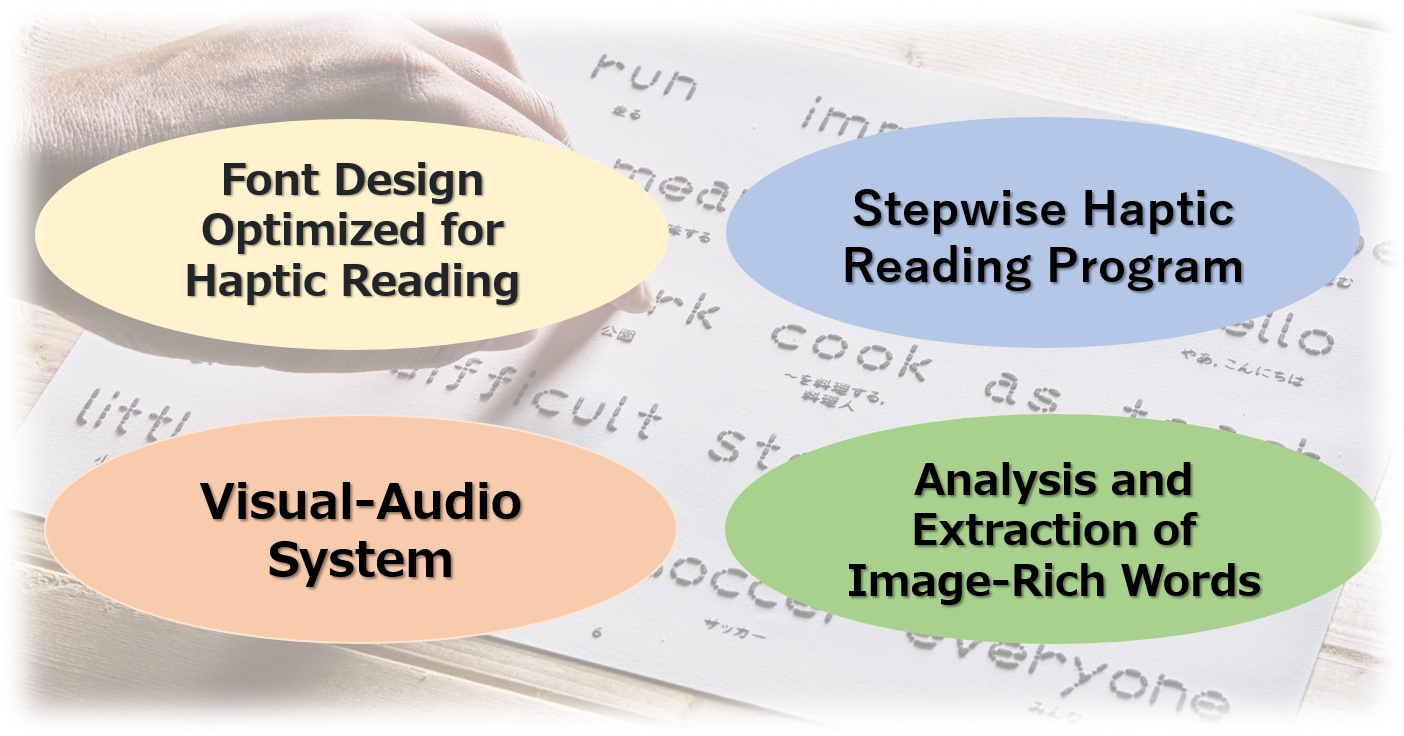
Sawaru Glyph is not merely a tool that transforms characters into three-dimensional forms. This tool combines unique technologies to facilitate effective multisensory learning through haptic reading. These technologies and contents are protected under international copyright laws.
Font Design Optimized for tactile Reading
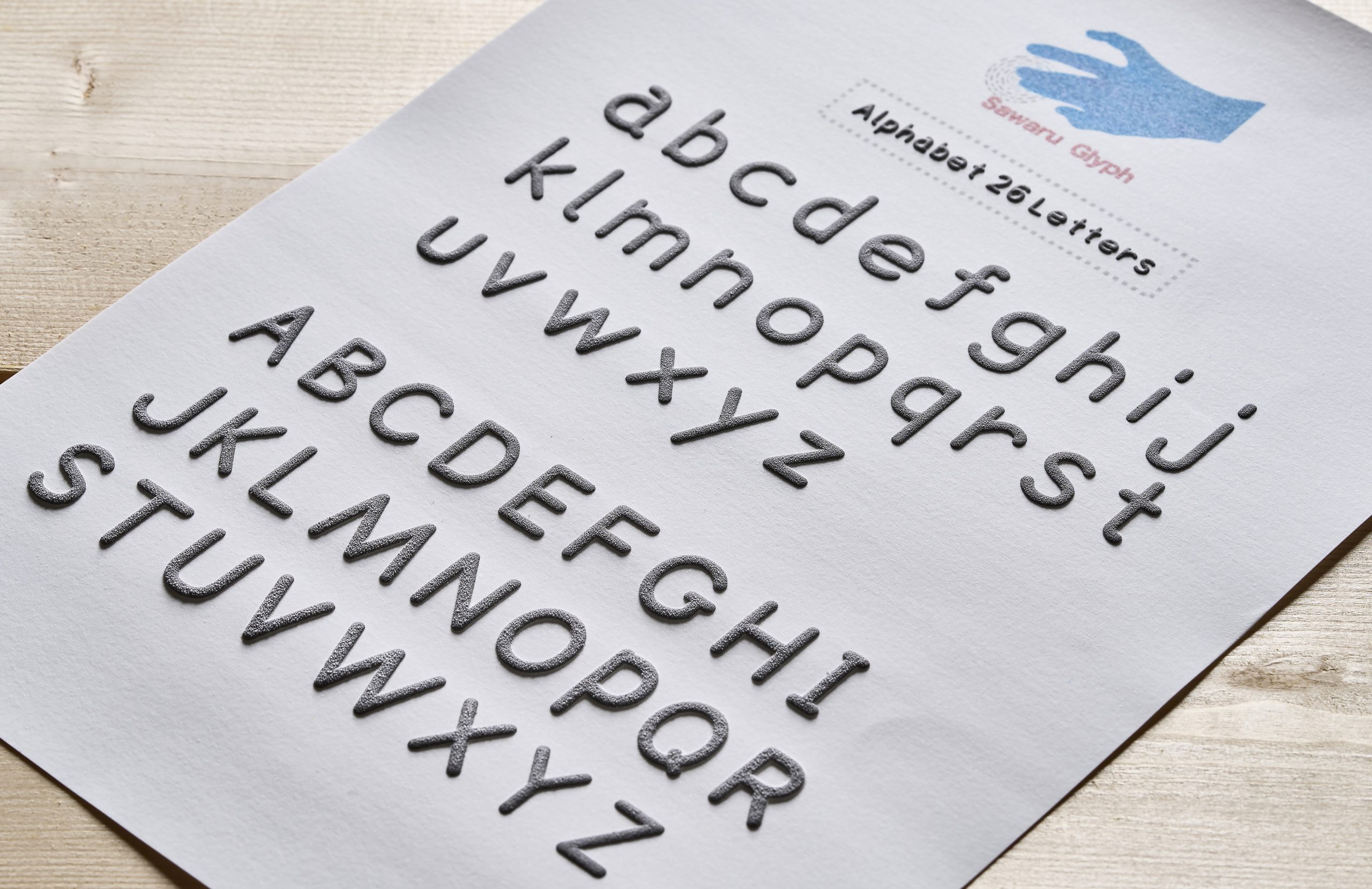
Sawaru Glyph utilizes a specially designed font for tactile reading. This font emphasizes the structural features of each alphabet character, enabling efficient haptic recognition through the fingertips. Accurate haptic feedback of letter shapes further promotes stable memory formation from letter forms to word forms.
tepwise tactile Reading Program
.png)
The tactile reading program is designed step by step, using phonics rules and syllable structures to calculate the “complexity” of words. Learning begins with simple spellings and gradually advances to more complex ones. Exposure to high-frequency and image-rich basic words strengthens word-form memory, and tactile reading of imaginative sentences helps establish a stable reading and writing network in the brain.
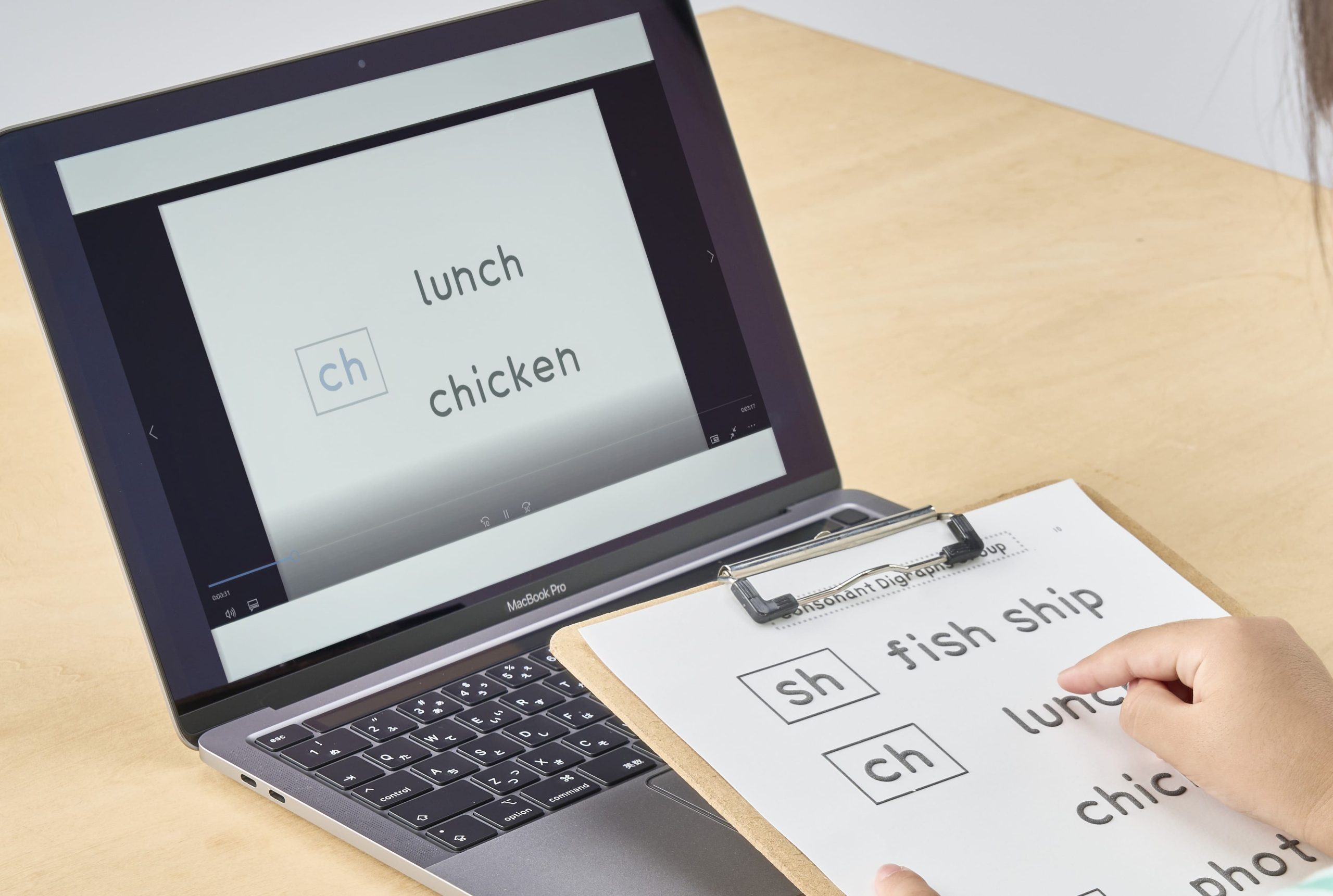
A uniquely developed visual-audio system promotes the formation of integrated memory for spelling and sound. Immediately after viewing a video where the spelling of a word appears in sync with its pronunciation, learners engage in tactile reading of three-dimensional letter spellings. This process facilitates the formation of integrated memory connecting spelling and sound.
The speed of the visual and audio components, as well as the timing of tactile reading, has been adjusted based on the results of multiple tests conducted with children with dyslexia, thereby enhancing the effectiveness of multisensory learning.
Analysis and Extraction of Image-Rich Words
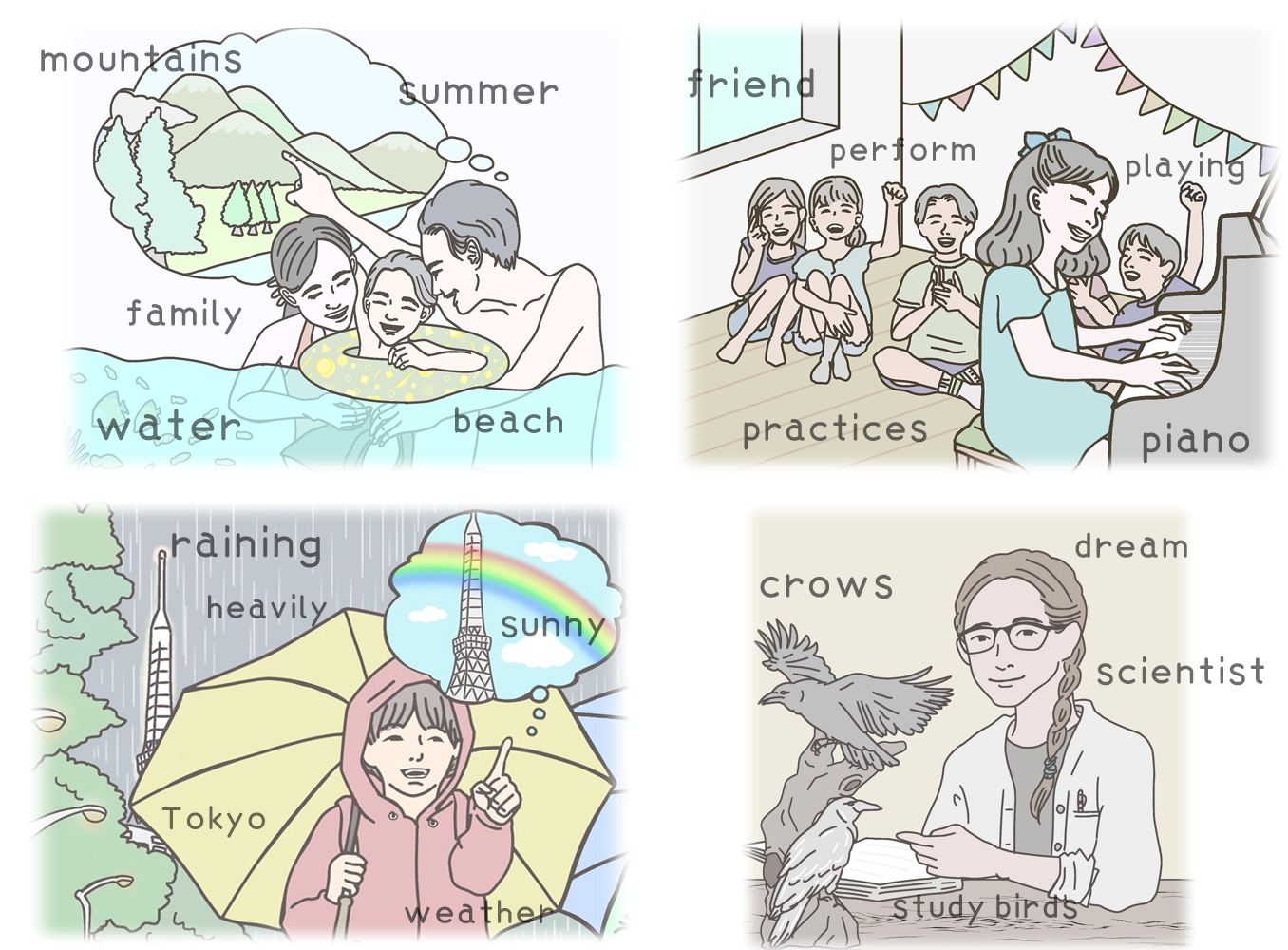
Computer analysis selects high-frequency and image-rich words for use in the teaching materials. Research has shown that tactile reading of image-rich words can influence RAN (Rapid Automatized Naming), a foundational skill for reading and writing. tactile reading of such words is believed to enhance the connection between visual and phonological representations through meaning. In Sawaru Glyph’s text materials, illustrations accompany sentences composed of these words, allowing tactile reading to activate semantic memory.




